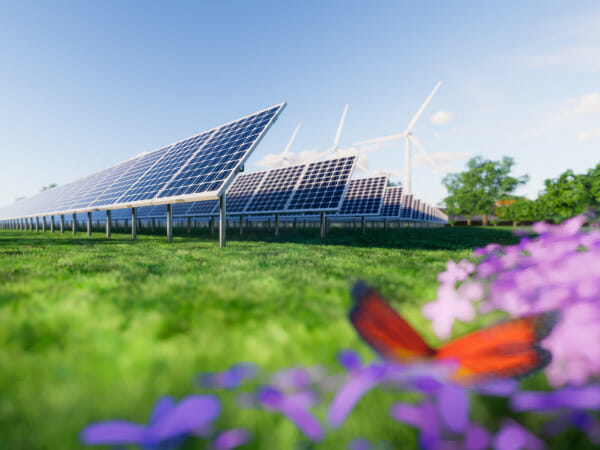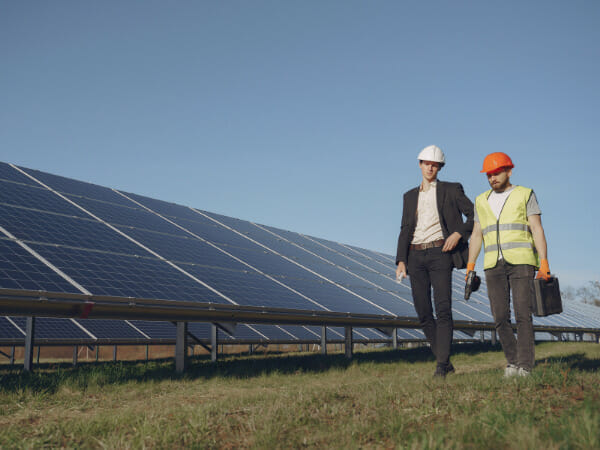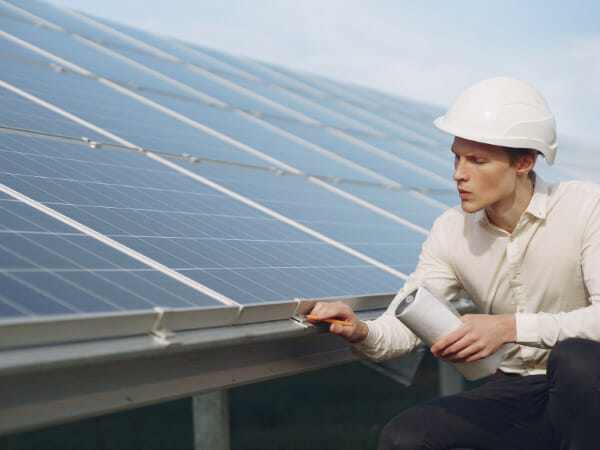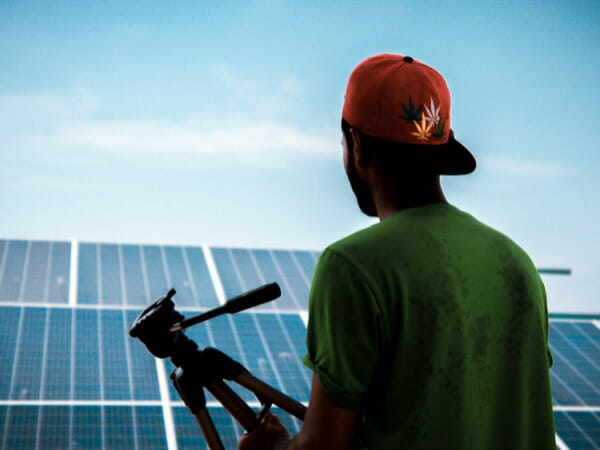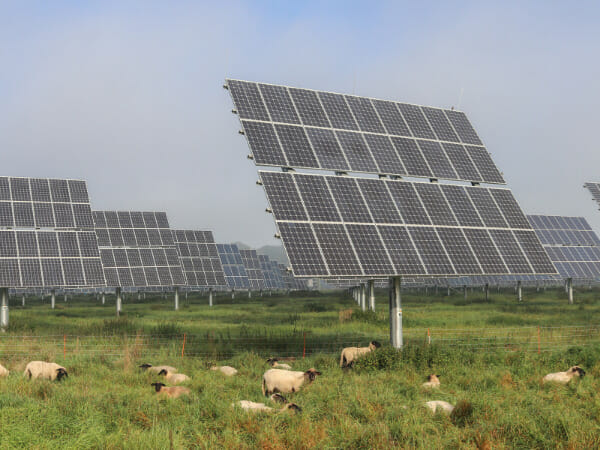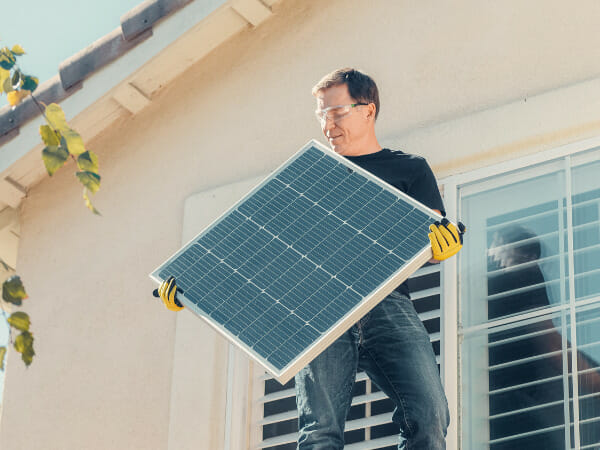Tesla Energy – The EV Company May Soon Power Your Home!
You’ve probably heard of Elon Musk, the quirky billionaire and CEO of Tesla and SpaceX. You might be familiar with his line of electric vehicles or his space rocket trials. However, did you know that the EV company now doubles as an energy storage business?
Tesla now offers total solar installations for houses and businesses. It even has a few major energy storage deployments lined up, and your home could be next. Should you let Tesla Energy power your home this year?
We’ll start answering that question by discussing more details about Tesla and its solar production products. Then, we will talk about the benefits and risks of using solar energy for your home. Later, we will see if your house needs renewable energy storage.
What is Tesla Energy?
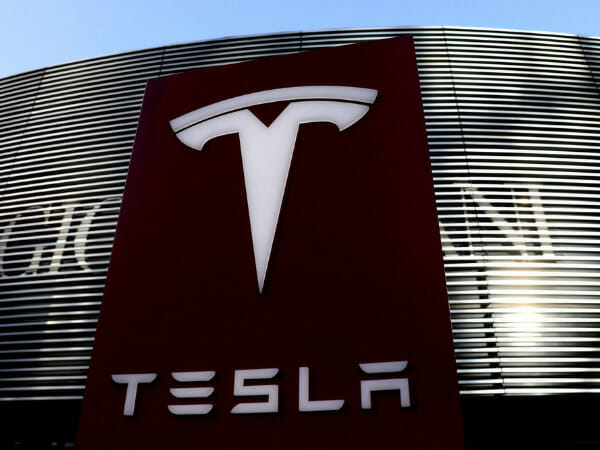
Photo Credit: www.japantimes.co.jp
Tesla CEO Elon Musk promised that he will accelerate his solar and energy business in 2022. He admits that he missed the opportunity to grow his solar division in lieu of electric cars in 2021.
His sentiment may be due to President Biden’s Infrastructure Bill. It plans to invest in EVs and solar businesses, so US households can transition to clean energy.
Perhaps he could have prepared for this better if he focused on his solar business earlier. Still, he plans to correct this mistake by providing total solar installations in 2022.
His solar energy storage business provides backup power to homes and businesses in the United States. Gigafactory Texas will even use the Tesla Megapack for backup power.
The solar company even got some foreign investments. For example, the Australian state of Queensland bought Tesla Megapack batteries worth $113 million.
Germany now has a Tesla Gigafactory near Berlin. It will soon contribute 500,000 cars per year to Tesla’s vehicle production and become a hub for manufacturing car batteries.
Most EV firms produce lithium-ion batteries for their vehicles. However, Tesla plans to use a different type of battery that uses iron and manganese for its non-moving products.
Musk said this would allow the solar business to use more accessible materials. Also, this would lower the fire risk for these energy storage devices.
More importantly, the clean energy business now offers products for regular households. These are the Tesla Solar Roof and the Tesla Solar Panels.
Tesla Solar Roof
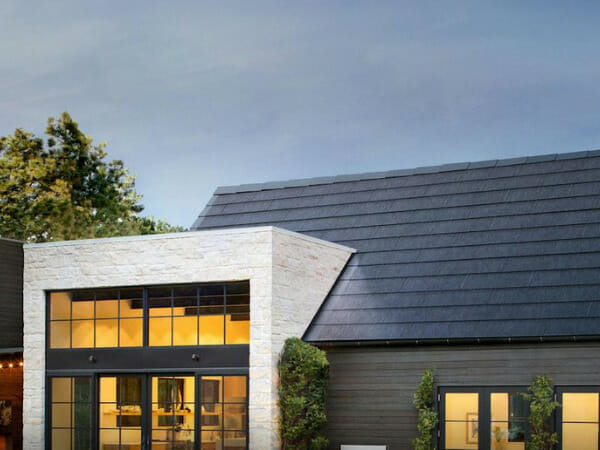
Photo Credit: ph.news.yahoo.com
As the name suggests, the Solar Roof will replace the overhead covering for homes. It’s made of durable tiles that are highly resistant to physical damage.
Most people don’t want solar energy because they would have to install solar panels on their roofs. Some of them just don’t like how it looks in their homes.
The Tesla Solar Roof might be the fitting option for those folks as each Tesla Solar tile looks sleek and stylish. That way, it could match every type of house.
It gathers clean energy during the day, so it can rely on its energy storage at night. This is made possible by the Tesla Powerwall that comes with every Tesla Solar Roof.
That way, it can keep your home powered 24/7. In an event of a power outage, that energy storage can also serve as backup power.
It even has an app that lets you take charge of managing your home’s power. You may set how much electricity your home will use every day.
It can even send notifications so you could adjust your power usage accordingly. This means the Tesla Solar Roof can help you save money on electricity.
Read More: How Much Do Tesla Cars Cost?
Tesla Solar Panels
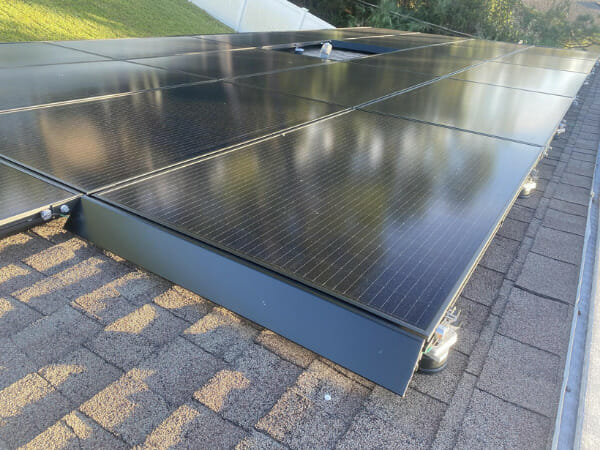
Photo Credit: www.energysage.com
If you’d like to keep your current roof, you might want to get the Tesla Solar Panels instead. These work like regular panels, but they look sleeker with a matte black finish.
Tesla calls them the “lowest cost solar panels in America,” and it’s easy to see why. You would likely spend more money if you replace your existing roof with Tesla’s Solar Roof.
Similar to the Solar Roof, it comes with the Tesla Powerwall. That way, it can provide backup power during an outage and sustain your supply at night.
You may choose the Tesla Solar Panels over the Solar Roof since it’s likely the more affordable option. Even better, the energy business promises a money-back guarantee.
Benefits of using solar power for your home
Perhaps you’ve never considered energy storage deployments for your home. Maybe you’ve been thinking about it for a while, but you’ve never pushed through.
That’s fine because it transitioning to solar energy requires major adjustments to a homeowner’s lifestyle. Also, most people have been used to relying on the power grid instead of their home system.
That’s why it’s best to weigh the pros and cons of this decision. That way, you can decide if you should use solar energy for your home or not. Let’s start with its advantages:
You can reduce your carbon footprint.
More people are becoming more conscious about their environmental impact. We’ve seen unprecedented floods and other calamities caused by climate change.
That’s why more people want a transition to renewable energy. This is what fuels the demand for Tesla’s automobile lineup. Now, it might be your reason to try its home energy options.
Electric grids usually burn coal or fossil fuels to produce electricity. Unfortunately, this process releases greenhouse gases that damage the environment.
Using solar panels lets you use the sun as your energy source. Your system may even help you go off the grid, so you won’t have to burn fossil fuels for your home.
You could get financial support from the government.
Do you remember Biden’s Bill for renewable energy? We’ve mentioned that it plans to help US homeowners transition to renewable energy.
The previous section talked about how it would invest in renewable energy businesses like Tesla Energy. What’s more, it will provide tax benefits to those who make the switch.
You can already get such incentives when you purchase an electric vehicle. Depending on your hybrid car, you may get up to $7,500 in tax benefits.
If you get a solar energy system for your home, you may claim up to 30% of the installation costs as a tax incentive. Still, you should check your federal and state laws for more information.
Solar energy systems are highly versatile.
It’s easy to think that solar panels work only during the day. It gets power from the sun, so some people assume it will have trouble in cold climates.
These assumptions couldn’t be farther from the truth. Cold temperatures are better for energy systems since heat can decrease their production.
It’s true that solar panels take longer to gather energy in cloudy weather. Yet, newer models like those from Tesla Energy have become more efficient even during overcast days.
You just have to make sure that you use high-quality energy systems for your home. That way, you’re more likely to get value for your money.
Solar energy systems last long and require little maintenance.
Nowadays, such energy systems can last for more than 20 years. You won’t have to spend a lot of time and money to keep them running during that time.
Also, companies like Tesla Energy guide you through the installation process. It will even show you what you need for maintenance.
Some of the newer models are self-cleaning since companies know the detrimental effects of dust and dirt. As solar energy technology advances, so will your home energy system.
Solar energy systems could boost your home’s value.
Other people are also interested in having solar panels for their homes, but they’re unwilling to take the hassle of installing one. That’s why more of them will want a house that has them already.
Perhaps you will have to move out and sell your home one day. In case that happens, you’re likely to fetch a high price if it has panels.
Solar energy can reduce or remove your electricity bills.
As you use power from the sun, you may reduce your dependence on the public power grid. This means you could lower your energy costs every month.
You might even lower those costs further with the federal and state tax benefits. Some systems could even help you get rid of your electricity bill altogether!
Risks of a solar-powered home
Many people have a rosy view of solar power. It’s easy to see that it’s an absolute good that has no flaws whatsoever. However, that’s not the case in real life.
Using solar energy for your home can have issues, even if you use the products from Tesla Energy. Still, this does not mean that you should ditch renewables.
Instead, you should be aware of these disadvantages, so you can find the best solution for your home. Let’s take a closer look at these risks:
Solar power has a heavy upfront cost.
This could help you save money in the long run, but you’ll have to shell out a huge sum first. Initial costs for installation and the equipment can reach up to $20,000.
You will have to ask Tesla Energy for a price quote because you won’t find an exact price on its website. While there are estimates on other sites, those may not be accurate to your situation.
That’s because your costs will depend on various factors specific to your life, such as your location. Still, you may expect the average solar energy system to cost thousands of dollars.
This means you’ll probably take long before you can see the cost savings from your panels. If you can’t handle that initial amount, perhaps you should ask your local government for options.
The panels might not charge much on cloudy days.
This is another disadvantage that depends on multiple factors. You may need to get a high-quality system if you live somewhere with minimal sunlight.
This has a higher chance of charging enough solar power for your home despite the weather. Otherwise, you might not benefit much from your panels.
Tesla Energy panels may mitigate this problem by letting you control your energy consumption. Its mobile app can help you adjust your usage when you’re not getting enough sunlight.
You can’t take your panels to your new home.
We mentioned earlier that your energy panels can increase your home’s value. However, you may not want to bring them to your new home.
Installing these systems is much more complicated than most people think. The people setting it up must make sure that it’s in the optimal position to gather as much energy as possible.
Moving often means going to another state which will probably have a different climate. This means it may not be as easy as putting it back together in another location.
If you go live in another house, you will probably have to leave your panels behind. This may not be ideal if you’ve only used them for a couple of years.
Low power costs mean lower solar savings.
This is the ironic dilemma you may face when using solar energy for your house. If your power bill has been low before installing the system, it may not save you a lot of money.
This is why location is a major factor in solar panel installation. Some states have low electricity costs while others have higher rates. If yours is the latter, solar energy systems become an appealing option.
Solar loans can be hard to get.
You could borrow money if you can’t handle the upfront costs of your solar panel system. This means visiting your local bank for financing options.
However, most solar loans require a credit score of around 620 to 680. In other words, you will likely need good credit to qualify for such options.
If you don’t meet the requirements, you have other choices. For example, perhaps your state has loan programs to help local homeowners transition to renewable energy.
Otherwise, you may lease your solar panel system. Some neighborhoods may even share the same system, so they divide the costs and energy savings among themselves.
Related Articles
Final thoughts
It’s up to you whether or not you would use Tesla Energy products for your home. Your choices will depend on several factors such as your budget, location, and state laws.
You can get your panels from other companies if they seem more appealing than Tesla. Alternatively, you may buy and install one yourself.
The point is that there’s no better time to shift to renewables. Perhaps it would become a more sustainable energy source as technology progresses.
Right now, you have the choice to use solar for your home. While you’re at it, you can check out other Inquirer USA for the latest trends, news, and more.

